KUALA LUMPUR (Bernama) – Media coverage of global crises has been impacted by the ongoing COVID-19 pandemic which has forced governments to tighten their policies and governance in various aspects including matters related to international missions delivering humanitarian aid.
For the record, this year alone, more than 235 million people worldwide are expected to be in need of humanitarian assistance and protection, according to the Global Humanitarian Overview 2021, published by the United Nations (UN) Office for the Coordination of Humanitarian Affairs.
The figure reflects an almost 40 percent increase from 2020, mostly involving people badly hit by the pandemic and other calamities such as armed conflicts, epidemics, starvation, natural disasters and other emergencies.
Security and political analyst Dr Noor Nirwandy Mat Noordin said media organisations are among the important players providing coverage of humanitarian crises, and to overcome the constraints posed by COVID-19, they have to keep abreast of developments in the changes in global governance.
And, as the link between a conflict zone and the international community, media organisations must use the changes in governance and policies to improve their own standard operating procedures for reporting news from the area concerned, he said, adding that it is the responsibility of the media to report and channel news related to humanitarian crises at home and abroad.
DRAW UP APPROPRIATE STRATEGIES
Noor Nirwandy, who is a senior lecturer at the Centre for Media and Information Warfare Studies at Universiti Teknologi MARA, said to facilitate reporting, news organisations must understand the three guidelines formulated by the UN, namely protection of human rights, development and security.
“Based on these guidelines, the organisations can devise strategies to translate the issues and humanitarian crisis concerned into a form of news delivery that is easily understood by the general public. It’s not easy for the readers (audience) to understand the actual causes of a crisis as well as the type of aid needed by the people living in the affected area,” he said.
Besides that, the media should also turn to the 17 Sustainable Development Goals (SDGs) of the UN as a guide in their coverage of a humanitarian crisis so that it garners the attention of the public.
“Taking the 16th SDG, namely peace, justice and strong institutions, as an example, the Malaysian media can translate their reporting to a comparative form by comparing the challenging humanitarian scenario in a high-risk country with the situation in our own nation.
“From there we can see whether our country is on the best track in terms of helping those in need, based on the humanitarian aid we’ve channelled,” he added.
LAUNCH WARFARE
Noor Nirwandy also opined that the time has come for media organisations to embark on “warfare” to educate the public that the ongoing humanitarian crises are a serious threat as they affect the survival of human beings and their civilisation over the long term.
Such warfare, he explained, can be used as a positive propaganda instrument to open the eyes of the people and enable them to understand that the management of humanitarian crises is the social responsibility of the global community.
Commenting on the new challenges facing the media industry, Noor Nirwandy said the COVID-19 pandemic has changed the news reporting landscape, thus requiring media outlets to adapt and build a wider network of contacts.
“They must, however, ensure their network comprises recognised and credible sources which will facilitate the process of reporting news that’s accurate and thorough.
“Having an extensive network of contacts will also enable the media to create an intelligence segment that can glean public perception of a humanitarian crisis in advance,” he said.
Noor Nirwandy also said media outlets must also ensure their newsmen assigned to cover a humanitarian crisis have access to self-safety manuals published in accordance with international standards, as well as have an understanding of the security threats that may arise in the environment concerned.
“The reporters should also be given training in handling emergencies and taking care of themselves in case there’s an emergency. They should also attend safety courses organised by the Department of Occupational Safety and Health to prepare themselves for any eventuality whilst carrying out their duties in a high-risk area,” he added.
PREPARE CONTINGENCY PLAN
Meanwhile, Syed Azwan Syed Ali, a former journalist with the Malaysian National News Agency (Bernama) who has covered several Malaysian humanitarian missions despatched to conflict zones in various parts of the world, said before heading to their destination, media practitioners assigned to cover a humanitarian crisis should find out more about the issues and situation over there.
“They must have a contingency plan for themselves to prepare for any eventuality, as well as ensure their smartphone and Internet access work well,” he said.
Syed Azwan also said reporters covering humanitarian missions should be mentally and physically resilient to enable them to withstand any traumatic event.
“It’s possible for them to experience post-traumatic stress after visiting a conflict or disaster zone. I myself have seen dead bodies lying around and small children eating soil. I’ve found myself getting caught in shooting incidents and I’ve also seen people badly wounded because of the war… some with their hands dismembered,” he said.
One incident that will remain etched in his memory took place when he accompanied Mercy Malaysia’s humanitarian mission to Yemen at the end of 2019.
“It was about 11 pm and our team was detained at a checkpoint in the port city of Aden in south Yemen. Our driver, a local, was beaten by the separatist forces due to a misunderstanding and our bags were searched. Luckily, they let us go without harming us,” he recalled, adding that the soldiers had also pointed knives and weapons at them.
Sources: BERNAMA

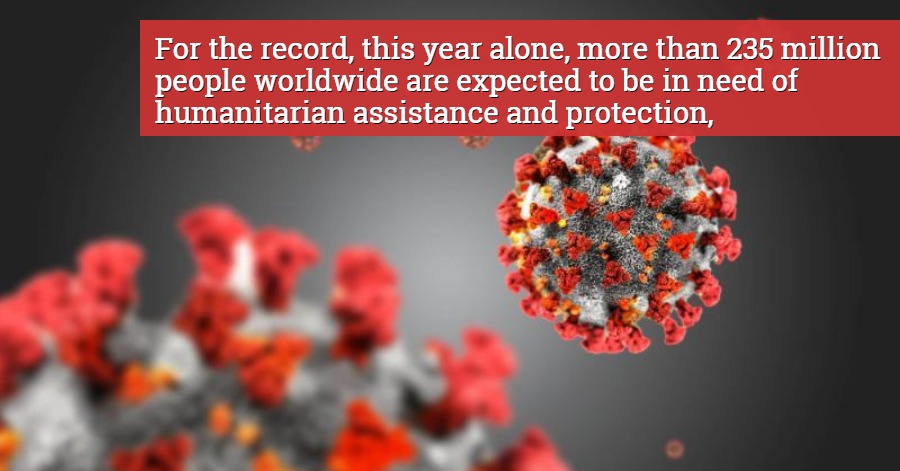

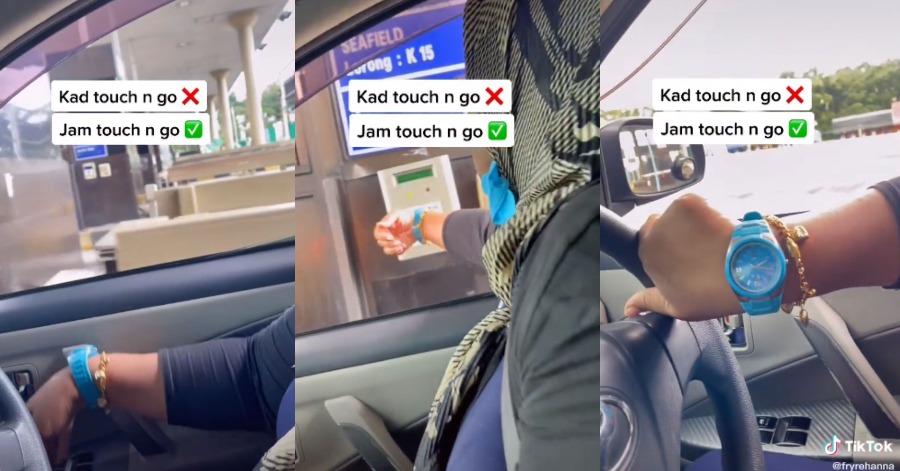
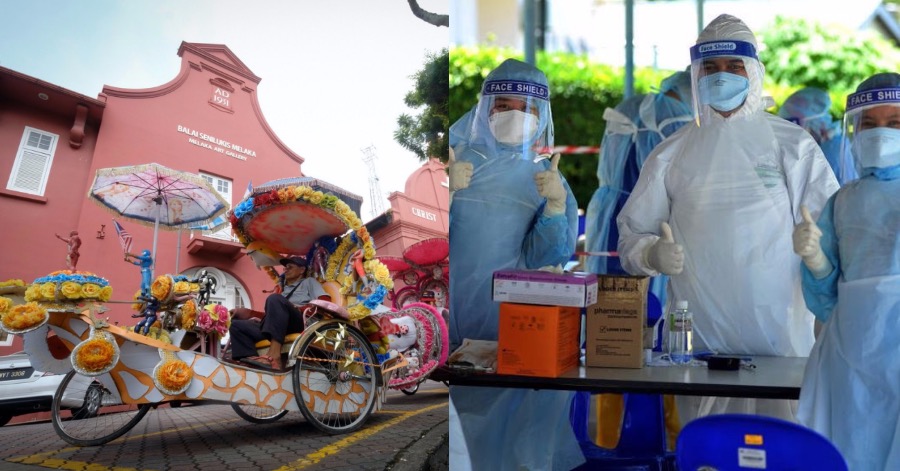
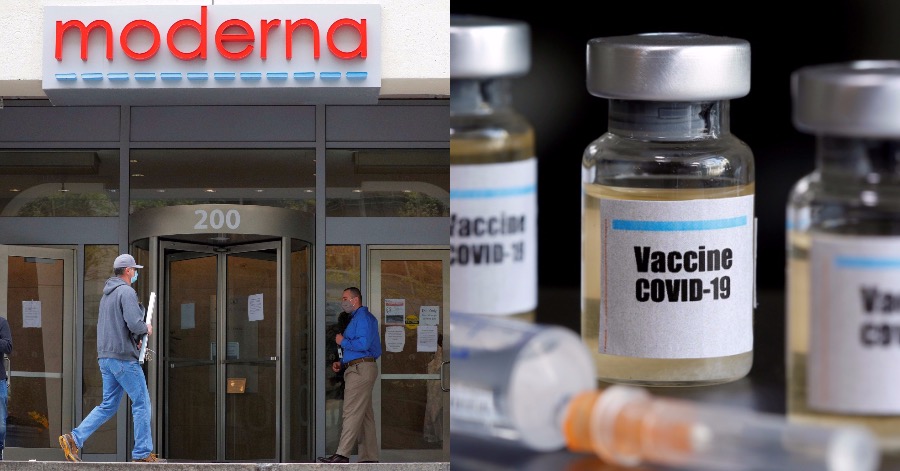
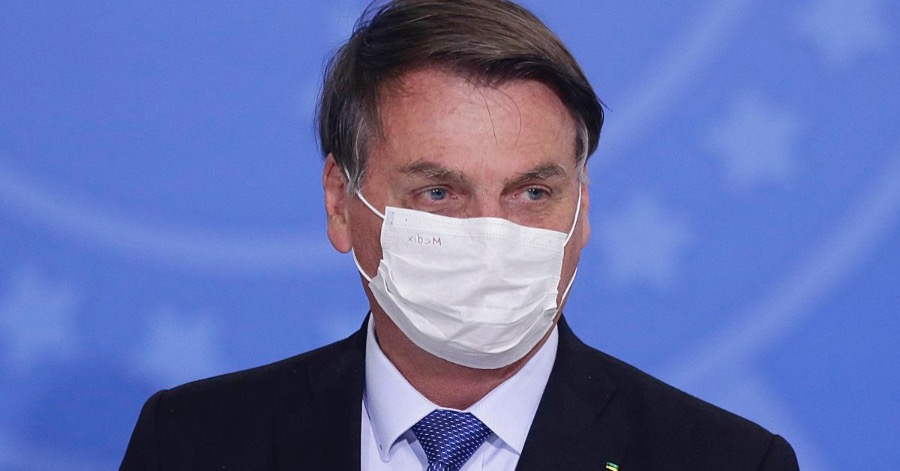


Leave a Comment